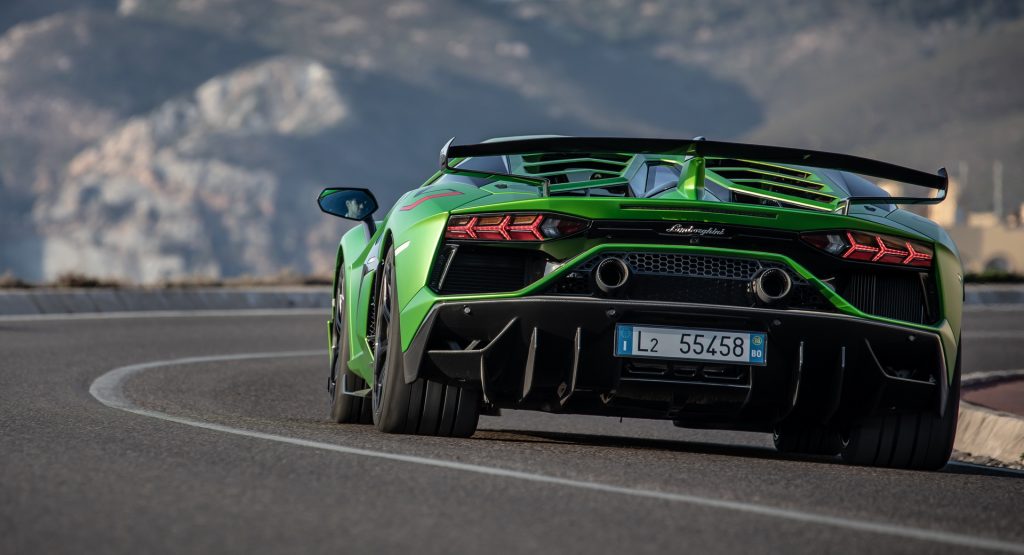We all know that EVs are ridiculously fast at a drag strip and I think we’ve all heard the words instant, torque, and delivery at some point. But what does that really mean?
It means, according to Jason Cammisa’s latest video for Hagerty, that EVs are always silently waiting in launch mode, whereas internal combustion engines have to deal with the apathies of the physical world before they go fast.
Cammisa contends that, from a red light, in the real world, any modern EV will be faster than any modern supercar. As long it isn’t waiting in launch mode, the internal combustion engine just has more work to do before it can get you moving.
That’s not just because air and fuel take time to make their way through the bowels of the engine, but also because, before any of that can happen, relays and ECUs have to decide to even let air into the engine.
Also Read: Tesla’s $25,000 EV Could Land As Soon As 2022 With New Battery Tech
All told, it can take seconds between your decision to take off and your engine reaching its full potential. And when it does, you have to shift because internal combustion engines have a pesky habit of breaking apart if they’re spun too fast.
More importantly than the near instant response, though, is that electric motors don’t bump into the maximum speed problem in cars. Nor do they have a minimum speed.
To prove his point, Cammisa looks at the V12 in a Lamborghini Aventador. At 1,000 RPM, the engine is making just 70 lb-ft of torque. A Tesla Model S, meanwhile, is making 487 lb-ft.
At the speeds that we use them, electric motors are just better suited to delivering power. That means they don’t have to use gears, it means that they don’t have to chug through gas and air, and it means that they can accelerate to 60 mph in less than three seconds and also return the equivalent 104 MPG. The Aventador, meanwhile, is rated at 9.
It all kind of reminds me of the failure of the jet engine in cars. It wasn’t that weren’t ever efficient. In fact, if all they’d had to do was run around on the highway, they would have been great. It’s just that getting up to speed is a lot of what cars do. So despite being theoretically more efficient than piston engines, they weren’t in the real world.




